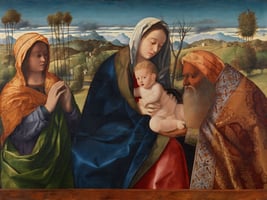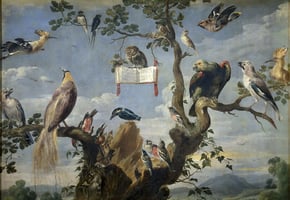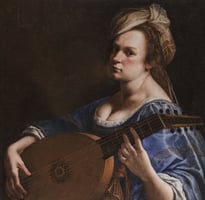Giovanni Bellini (c. 1430-1516) was an Italian Renaissance painter born in Venice, Italy. He is...
An In-Depth Look at the Pioneering Art of Jan van Eyck
Jan van Eyck (1390-1441) was a Flemish painter of the Early Netherlandish school, who is widely considered one of the most influential painters of the 15th century. His most famous works are the altarpieces, The Ghent Altarpiece and The Arnolfini Portrait. Van Eyck was born in Maaseik, Flanders, and began his career as a painter in the court of John III of Holland. He was known for his detailed, naturalistic style, and his use of oils, rather than the traditional tempera and egg tempera of the time.
He was also skilled in many other aspects of painting, including miniature painting, frescoes, and manuscript illumination. Van Eyck is credited with developing the technique of painting in oils, which was revolutionary at the time. He used a combination of oil and tempera to create a smoother, more realistic finish to his paintings.
He also used a new type of brush, which allowed him to create intricate details and brush strokes. His use of light and shadow, and the attention to detail in his paintings, made them stand out from other artwork of the period. Van Eyck's most famous works are the two altarpieces, The Ghent Altarpiece and The Arnolfini Portrait. The Ghent Altarpiece is considered one of the greatest works of the Early Netherlandish period. It is an oil painting composed of twelve panels, and is filled with detailed symbolic imagery.
The Arnolfini Portrait is a smaller, portrait-style painting, depicting a wealthy Italian couple. The painting is filled with symbolism, and is considered to be a masterpiece of realism. Jan van Eyck's influence on the art world is still felt today. His technique of painting in oils revolutionized the art world, and his intricate details, use of light and shadow, and attention to detail, have been emulated by many artists since. He is considered one of the most important painters of the 15th century, and his works continue to be admired and studied.



